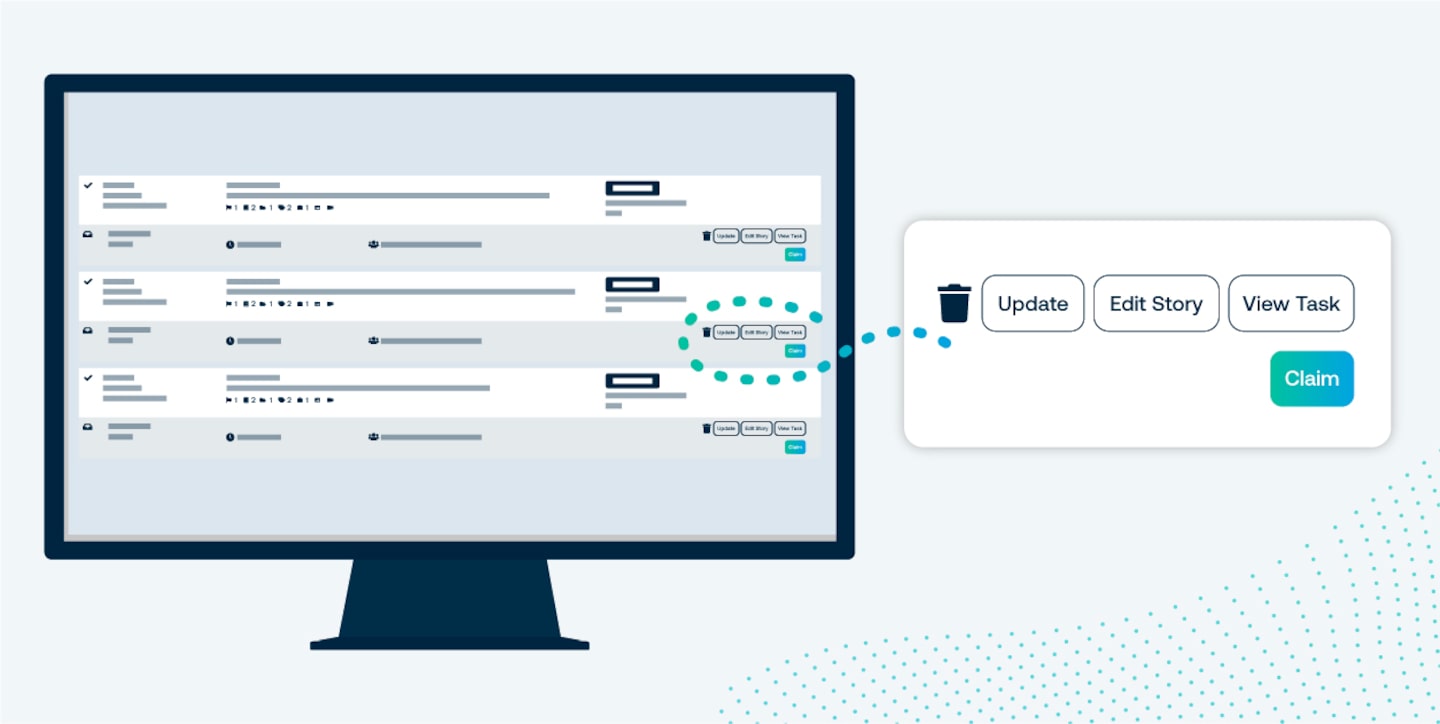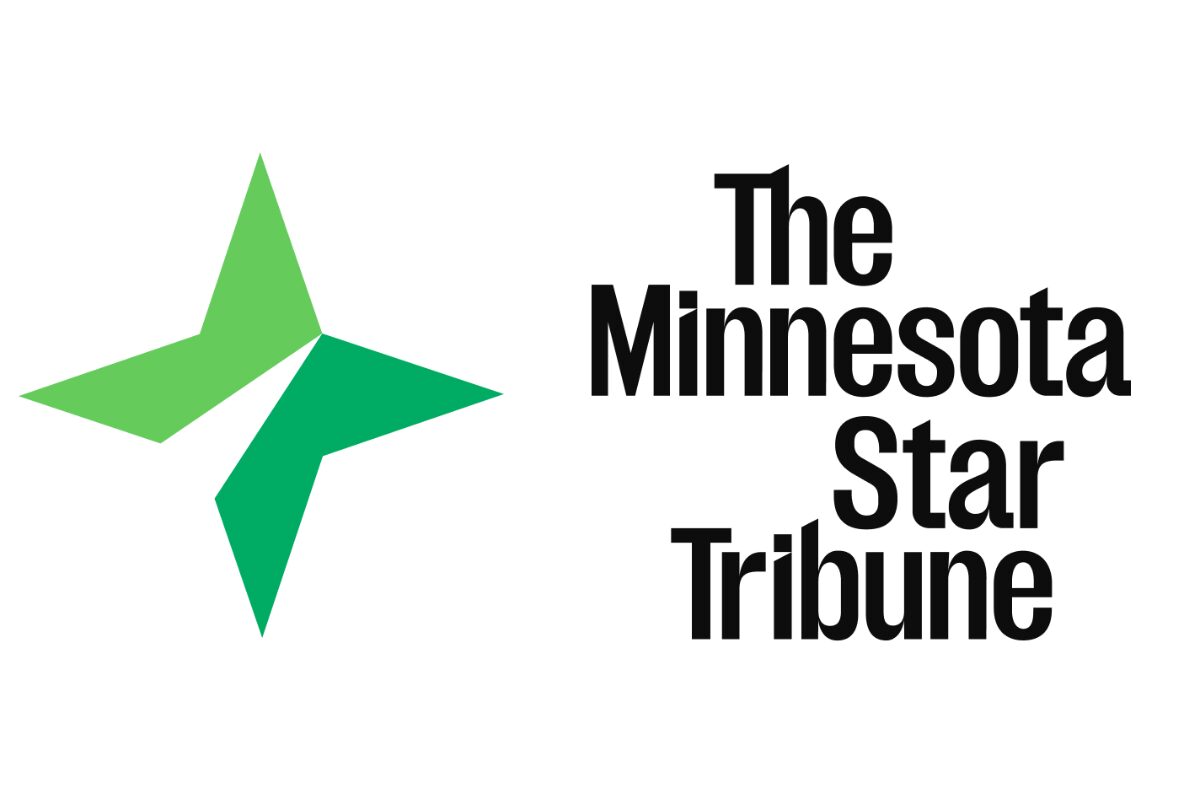Helping newsrooms write once, publish anywhere with Arc XP WebSked
Work your way up to the ideal state of content creation, planning, workflow, and publishing — with WebSked.

They say content is king. But the process of curating and digital publishing for news media is anything but glamorous. And for newsrooms with multiple properties across siloed channels, the problem goes beyond the manual labor required to publish and disseminate. If editorial teams are to maximize their digital potential — and, ultimately, user engagement — they need more centralized content management, planning, workflow and publishing capabilities.
News media must react to changes in audience behavior (and shorter news cycles) by staying agile enough to serve the right stories at the right time. If publishers cannot stay on top of trends and sudden developments they risk losing their audience’s increasingly fickle engagement.
It’s a common scenario – newsrooms need to distribute an article to dozens of different websites, multiple e-newsletters, social media channels, their mobile app, and perhaps, a print publication. With legacy content management systems and disparate platforms, this requires intense coordination – and that’s just to hit “publish”. Considerable effort and choreography go into pitching, organizing, editing, and securing approval across today’s complex content ecosystems.
The idea of simplifying the digital editorial process with true “write once, publish anywhere” functionality (and the ability to tweak and tailor by channel and audience) is nothing new. But putting the concept into practice – is easier said than done. With Arc XP WebSked, newsrooms have everything they need to take an incremental approach to make “write once, publish anywhere” a reality, and can build up to this goal in a way that meets their organization where they’re at.
Start simple with tags
As today’s newsrooms know, publishing across multiple platforms isn’t just about hitting a magic button. Maximizing the benefits of multi-channel content distribution means connecting the dots to deliver a highly relevant user experience. An easy way to get started is through WebSked’s tagging functionality.
Assigning tags to each story, image, and video, starts to build flexible, lightweight connections within the newsroom’s full content ecosystem. This not only helps with back-end content organization but allows editors to automatically generate stand-alone topic pages within their digital properties, which can boost SEO and engagement among readers interested in specific topics. It also streamlines social and e-newsletter planning because content coordinators can easily find highly specific (or broadly related) content that appeals to user interests, coincides with timely events, and more.
Build with Collections
Once tagging has been mastered, newsrooms can further their content organization and dissemination strategy using WebSked’s Collections – curated lists of content (stories, images, and videos), which can be prioritized and pushed as feeds to populate blocks on a webpage using Arc XP PageBuilder.
Within the Collections area of WebSked, editors can reorder the content, pin stories to the top of a Collection, and edit content feed headlines and thumbnail images as needed. That content feed can then populate blocks on different pages, meaning newsrooms can manage the presentation of content on their sites without even leaving WebSked.

Ultimately, Collections will allow newsrooms to achieve more thoughtful, tailored content curation – segmenting by audience, channel, and more. Multi-site collections also enable control over which geographical areas or segments in which content will appear – for example, a curated list of local election coverage in that specific state or city. Collections also allow for easy automation as they can be so future content is included simply based on tags or sections.
Streamline with automated workflows
After tagging and collections have been implemented, newsrooms can drive further efficiencies by automating routine steps found in editing, approving, and publishing content. Automated workflows in WebSked enable a fine-grained review process —from the content itself to where and when it appears.
Specifically, editors can:
- View the status of key stories and supporting assets and get insights to help guide new workflow processes.
- Set up requirements for review and approval.
- Create task triggers to send individual user and group notifications based on set rules.
- Customize workflow status items to match the vocabulary of your organization.
For example, a writer can compose a story within Composer, then change the Workflow Status from “Draft” to “Edit”. With pre-set rules, this change will send an automatic notification to relevant editors to trigger the next step in the process. Members of the editorial team can even “claim” tasks, to ensure that others know they’re covered. Best of all, Arc XP provides out-of-the-box integrations with Slack and Microsoft Teams, in addition to email, to notify individuals on their preferred communication channel.

Stronger control, better efficiency
With Arc XP WebSked, content creators can leverage the tools that work best for their organization – and build up to higher levels of sophistication over time. Right out of the box, news media organizations will not only drive efficiency in their content creation and delivery but have deeper control over their content efforts and a big-picture view of their content organization, strategy, and workflow.
Talk to an Arc XP expert to see Arc XP WebSked in action and to learn more about Arc XP’s CMS, Arc XP Content.
Recent resources




